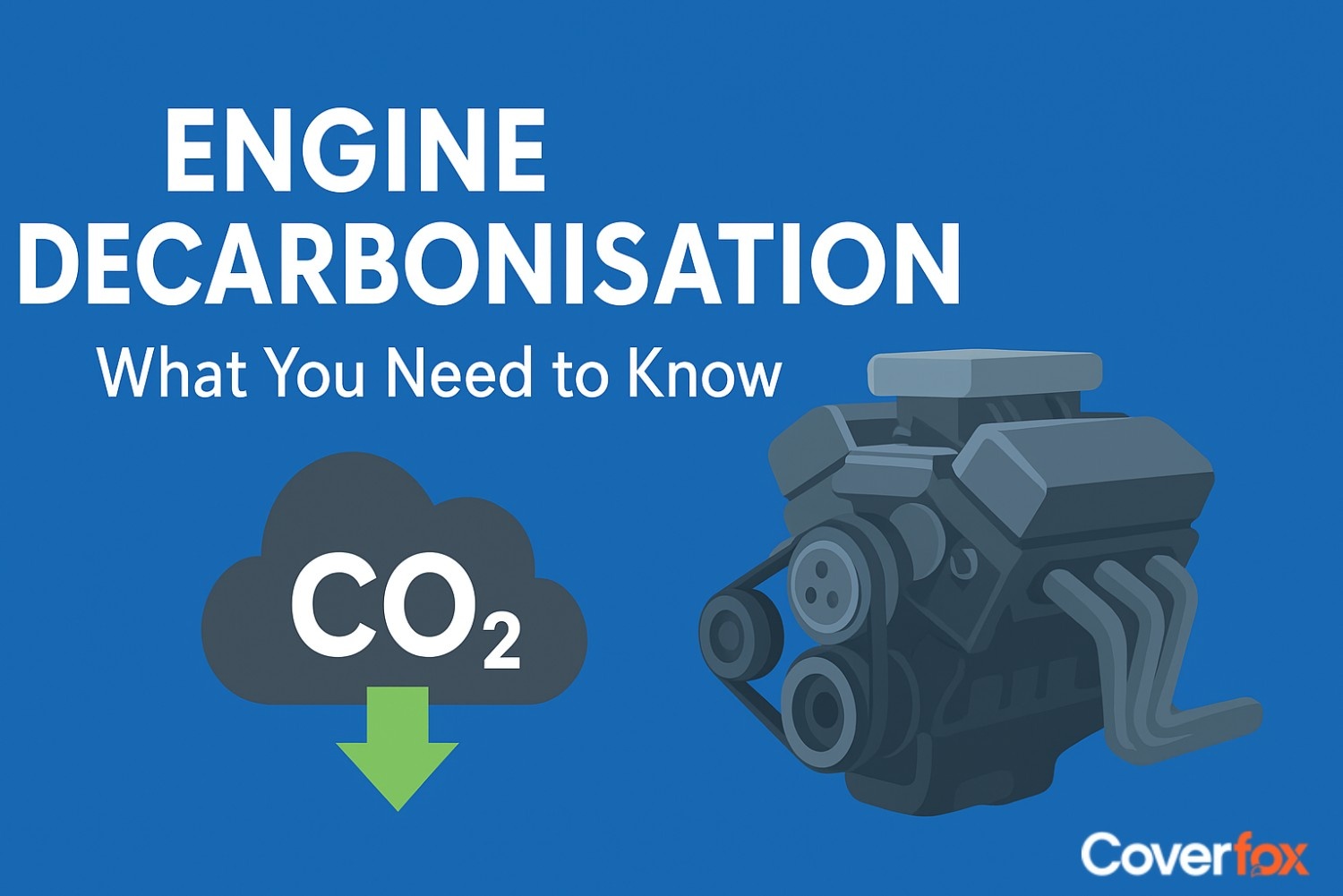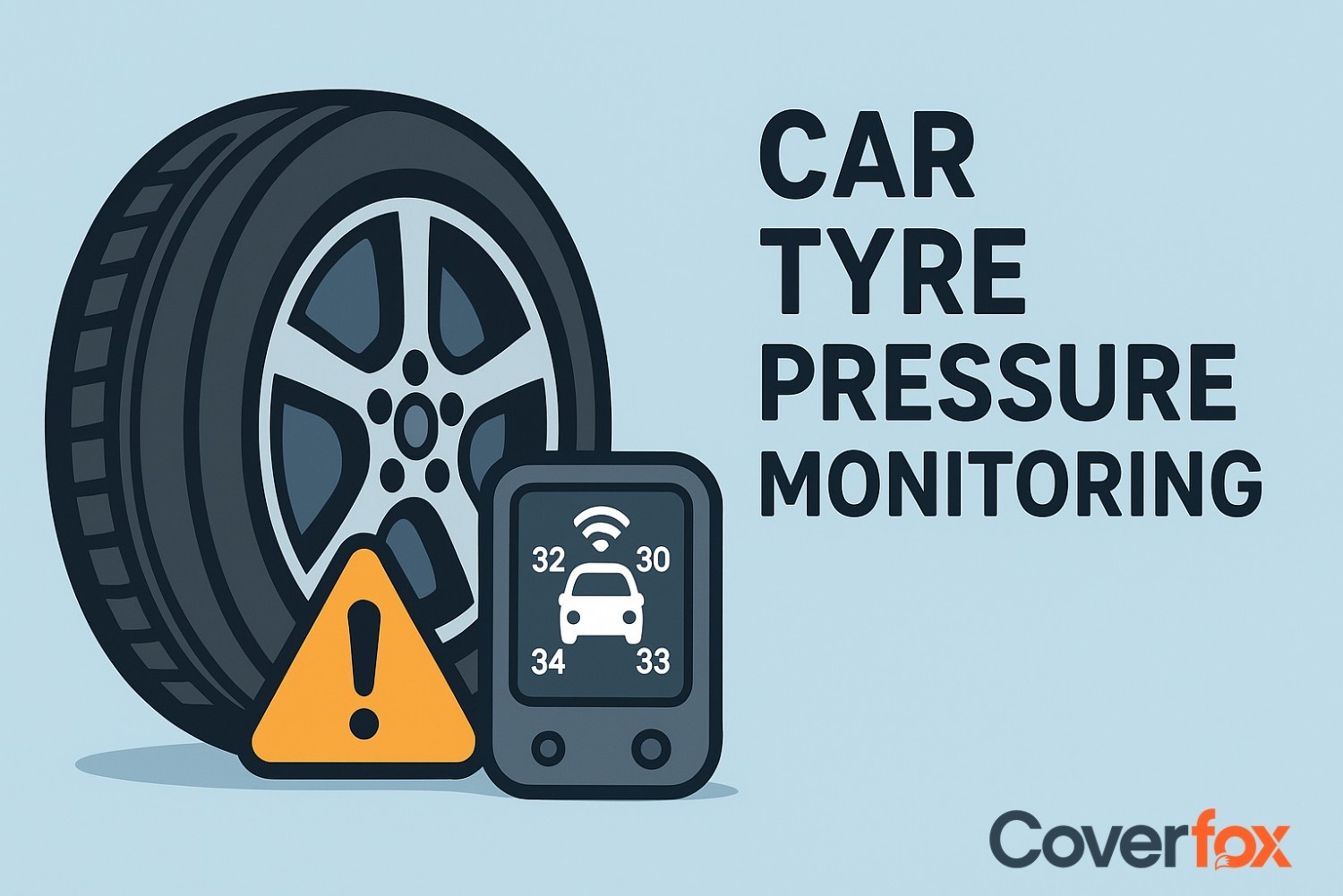An endorsement in car insurance is an official change or update made to your existing policy details. It can relate to your personal information, your vehicle’s specifications, or even the scope of your coverage.

In simple terms, endorsements keep your policy accurate and legally valid whenever your situation changes. Any change in details that need to be reflected in the existing car policy is referred to as an endorsement. Read on to know all about endorsement in car insurance.
What is Endorsement in Car Insurance?
When you buy car insurance, the policy document contains important information such as your name, date of birth, and the vehicle’s renewal date. Sometimes, incorrect details may be entered while filling out the proposal form, either by you or the insurance advisor. It is important to correct these mistakes promptly to ensure your policy reflects accurate information.
Depending on the insurer’s internal process, they may either issue an updated endorsement certificate or a completely revised policy document reflecting the approved changes. This process, known as an endorsement, is essentially an agreement between the insurer and the policyholder to update or modify the existing policy details.
According to IRDAI (Insurance Regulatory and Development Authority of India), policyholders must promptly update any change that affects policy details — such as a new address, ownership transfer, or installation of accessories — to maintain the accuracy and validity of their insurance contract.
Why Are Car Insurance Endorsements Important?
Endorsements are more than just paperwork — they ensure your car insurance reflects your current circumstances, preventing claim complications later. Car insurance endorsements are updates or changes made to your existing policy. They are crucial because your policy must always reflect your current situation. If the details are outdated or incorrect, your coverage may not protect you when you need it most. Here’s why keeping your policy updated through endorsements matters:
Keeps Coverage Accurate
Avoids Claim Issues
Ensures Legal Compliance
Offers Flexibility
Protects Financially
Any change in your car, like installing a CNG kit, changing the registration address, or transferring ownership, needs to be officially added to the policy.
Incorrect information like outdated address, engine number, or CNG kit details may lead to claim rejection under Section 64VB of the Insurance Act if not updated. If your policy has wrong or missing details, your insurer may reject or delay your claim. Endorsements prevent this risk.
Driving with incorrect insurance details can result in penalties and legal consequences. Endorsements ensure compliance with the law.
You can add or remove features through endorsements without buying a new policy.
Correct endorsements ensure your policy matches your actual needs, so you don’t face unexpected out-of-pocket expenses.
We can understand why a car insurance endorsement is important by taking a simple example:
Imagine you moved to a new city and forgot to update your address in your car insurance policy. A few months later, your car gets into an accident. When you file a claim, the insurer notices your address in the policy doesn’t match your RC or licence. This mismatch can delay the claim or even lead to rejection.
If you had simply made an endorsement to update your address, the policy would’ve been accurate, and your claim would have been settled smoothly.
Validity of Car Insurance Endorsement
There’s no fixed validity period to make an endorsement. You can request it anytime during your policy tenure or at renewal. However, it’s recommended to update changes immediately after they occur — for instance, within 7–10 days of changing your address or installing a CNG kit — to avoid coverage disputes during claims.
How Many Times Can One do an Endorsement in Car Insurance?
Most insurers allow 2–3 endorsements per year, but this can vary depending on the insurer’s underwriting policies. Frequent or conflicting changes may delay renewals or create confusion about the latest policy version. Always confirm your insurer’s endorsement limit in advance.
Types of Endorsement in Car Insurance
Endorsements are broadly classified into financial and non-financial types, depending on whether they involve a fee or change in your car’s risk profile.
1. Financial Endorsement
Financial endorsement refers to the changes for which the insurance company will charge a fee. This includes changes to the car, such as its seating capacity, paid driver, CNG addition, change in insured declared value, manufacturing date change, period of insurance, transfer of ownership of the car, etc.
| Name of Endorsement | Documents Required | Duration | Fee Amount | Need for Inspection |
|---|---|---|---|---|
| Seating Capacity | RC copy (front + back) | 10 Days | N/A | N/A |
| Personal Accident Owner/Driver | Aadhar card + Driving Licence | 10 Days | Rs 350–450 (depends on insurer) | N/A |
| Paid Driver | 3 months’ salary slip of the driver | 10 Days | Rs 50 | N/A |
| Unnamed Passenger Cover | Copy of the RC (front + back) | 10 Days | Rs 50 for 1 lakh cover & Rs 100 for 2 lakh cover | N/A |
| CNG Addition (External) | External invoice of the CNG kit & RC copy (front + back) | 10 Days | Rs 60 + 4% of the kit value | Required |
| CNG Addition (Company Fitted) | Copy of the RC (front + back) | 10 Days | Rs 60 + 5% of the OD Premium | Required |
| Fuel Type | Copy of the RC (front + back) | 10 Days | Shortfall amount declared by the insurer | May be required |
| Cubic Capacity of the Car (CC) | Copy of the RC (front + back) | 10 Days | Shortfall amount declared by the insurer | May be required |
| Change in IDV | Copy of the RC (front + back) + Previous Year Policy | 10 Days | Shortfall amount declared by the insurer | May be required |
| Date of Manufacturing | Copy of the RC (front + back) | 10 Days | Shortfall amount declared by the insurer | May be required |
| Model & Variant of the Car | Copy of the RC (front + back) | 10 Days | Shortfall amount declared by the insurer | May be required |
| Period of the Insurance | Previous Year Policy | 10 Days | Shortfall amount declared by the insurer | May be required |
| Transfer of Ownership | Updated RC/Form 29 & 30/Receipt + New owner’s DOB, Address, Mobile No, Email, Nominee Name, DOB of nominee, Relation (if PA cover included) | 10 Days | Rs 60 Admin Fee + Shortfall amount declared by insurer (if NCB or claim has been taken in the current policy) | Required |
*Note: For insurer-specific endorsement charges, refer to your insurer’s product disclosure or contact their customer support.
2. Non-financial Endorsement
Non-financial endorsement refers to the changes in the policy document for which the insurer will not charge any fee. This includes the addition of GST number, chassis number, colour change, insured name, hypothecation addition or removal, etc.
| Name of Endorsement | Documents Required | Duration |
|---|---|---|
| Addition of GST No. | GST certificate | 10 Days |
| Communication Address | Written Consent | 10 Days |
| Date of Birth (DOB) | Written Consent | 10 Days |
| Color Change of the Car | Copy of the RC (front + back) | 10 Days |
| Email Address | Written Consent | 10 Days |
| Chassis Number | Copy of the RC (front + back) | 10 Days |
| Engine Number | Copy of the RC (front + back) | 10 Days |
| Hypothecation Remove | NOC from the bank against loan | 10 Days |
| Hypothecation Addition | Copy of the RC (front + back) + Loan Declaration + Letter from Bank | 10 Days |
| Insured Name | Copy of the RC (front + back) + Previous Year Policy | 10 Days |
| Mobile No. | Written Consent | 10 Days |
| Nominee Details | Name + DOB + Relation with Written Consent | 10 Days |
| NCB Certificate | Previous Year Policy + Sell Letter + NCB Declaration from Previous Insurer | 10 Days |
| Registration Number | Copy of the RC (front + back, can be financial as well) | 10 Days |
| Salutation | Written Consent | 10 Days |
*Note: For insurer-specific endorsement charges, refer to your insurer’s product disclosure or contact their customer support.
How to Get an Endorsement?
An endorsement is an official update or change made to your existing car insurance policy. It ensures your policy details are accurate, your coverage is valid, and claims are not rejected. Whether you need to update your address, add a modification, or include extra coverage, getting an endorsement is a simple process. The following are the key steps to get an endorsement:
Contact Your Insurance Provider
Submit a Request Form or Letter
Provide Supporting Documents
Pay Additional Premium (if required)
Receive Updated Policy or Endorsement Certificate
Inform your insurer or agent about the change you want in your policy.
Fill out the insurer’s endorsement form or write a request specifying the change (e.g., address update, adding CNG kit).
Attach necessary proofs like RC copy, address proof, or modification certificate, depending on the change.
Some additional coverages may require a small extra premium, which should be paid to process the endorsement.
After approval, the insurer will issue an endorsement letter or updated policy reflecting the changes.
Impact of Endorsements on Premium and Claims
Car insurance endorsements are updates or changes made to your existing policy. Some endorsements are simple administrative updates, while others involve changes that affect your car’s risk profile or coverage. These changes can influence your premium amount and the settlement of claims, making it important to understand their impact before requesting an update.
Endorsements That Usually Don’t Affect Premium
- Correction of personal details (name, date of birth, contact info)
- Address updates that don’t change the risk profile
- Minor adjustments to policy period
Endorsements That Can Increase Premium
- Adding extra coverage (zero depreciation, roadside assistance, engine protection)
- Vehicle modifications (CNG kit, alloy wheels, major upgrades)
- Change in car usage type (personal to commercial)
Impact on Claims
- Accurate endorsements ensure smooth claim settlement
- Failure to update policy may lead to rejection or delays in claims
- Endorsements that increase coverage can increase claim benefits
Summary
Keeping your car insurance policy updated through endorsements ensures your coverage stays accurate and valid. Whether it’s an address change, vehicle modification, or personal detail update, endorsements protect you from future claim disputes and legal issues. In short, endorsements bridge the gap between your real-world situation and your insurance policy — giving you financial security and peace of mind on every drive.
Explore More:
Steps to Follow During Policy Endorsements in Car Insurance
The Best Way to Deal with Car Inspection for Claims
Compulsory and Voluntary Excess in Motor Insurance
Frequently Asked Questions
What is an endorsement on a car insurance policy?
An endorsement is an official update or change made to an existing car insurance policy.
What are endorsement charges?
Endorsement charges are fees levied by the insurer for changes that affect the risk or coverage of the policy.
Can an endorsement remove coverage?
Yes, certain endorsements can remove or reduce coverage if requested by the policyholder.
Can an insurer deny an endorsement?
Yes, an insurer may deny an endorsement if it violates policy terms or increases risk unacceptably.
What is an endorsement certificate in insurance?
An endorsement certificate is a document issued by the insurer confirming the approved changes in the policy.
Do I need to update the insurer about all changes in my car?
Yes, all significant changes must be reported to keep the policy accurate and claims valid.
What is an endorsement copy in car insurance?
An endorsement copy is the updated version of the policy reflecting the approved changes.
Which endorsement is not valid?
Endorsements made without insurer approval or outside policy terms are not valid.
How often can I make insurance policy endorsements?
Typically, 2–3 endorsements per year are allowed, depending on the insurer’s terms.
Disclaimer: The information above is for general awareness and may vary across insurers. Please check your insurer’s policy wording or consult an insurance advisor for exact requirements.





